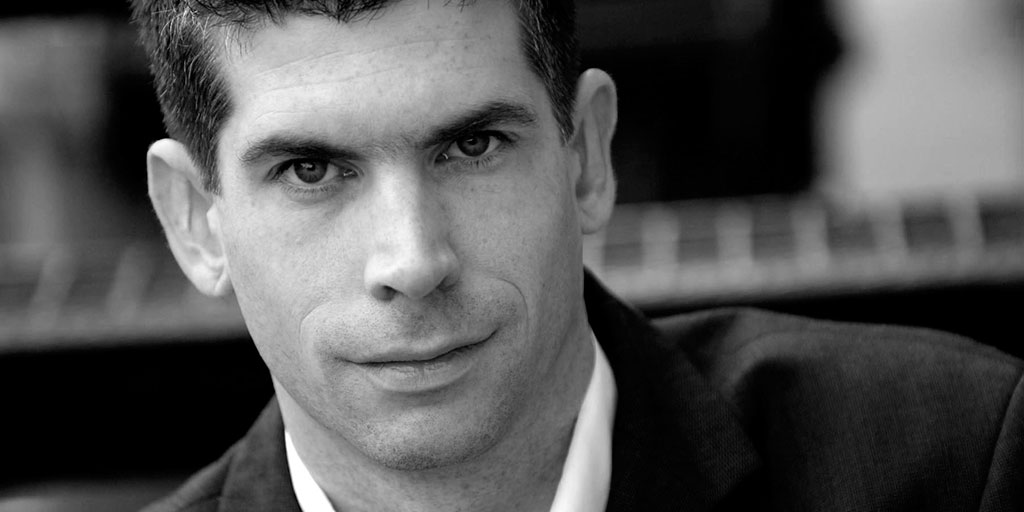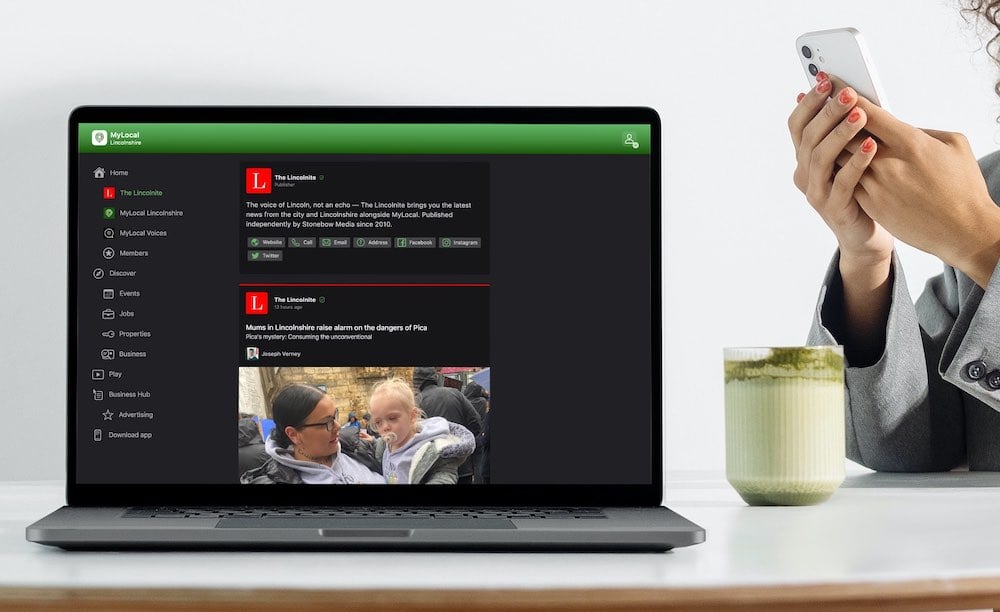— Matt Hammerton is managing director of Lava, an award-winning marketing communications agency in Lincoln. In an expert comment series for The Lincolnite, he looks at the importance of good photography in generating media coverage.
A picture is worth a thousand words. It’s a cliche but so true. When it comes to getting the media to cover your story, you need to think in pictures.
The majority of the lead stories on every page of a newspaper are accompanied by a large image. Websites, such as this one, need to illustrate their stories and liven up their pages with images. Television relies on great images. And even radio stations are directing listeners to their websites and Facebook pages to see pictures and images.
The next time you’re about to pitch a story to a journalist, think about what you’ve got to offer them. A press release or interview with senior management is one thing but the opportunity will be so more appealing if there’s a photo-opportunity available.
For example, just a fortnight ago, a local wholesaler of Christmas decorations asked us to raise their profile in and around Lincoln. We decided to stage Christmas in July and transformed the White Hart into a winter wonderland. How could we generate media interest before the event?
By having Santa and a helper Elf deliver invitations whilst carrying a giant bauble that’s how. Not only did the dynamic duo stand out on Lincoln High Street, they also gave the media a fantastic photo-opportunity. Members of the public also helped spread the word, by snapping away on their smart phones and uploading the images to Facebook and Twitter.
Remember, when thinking about how to illustrate your story, you will need to create something different, unusual and eye-catching. Don’t just offer the media a chance to get a head and shoulder shot of your managing director or a picture of your office, you need to do something interesting!
If you’re struggling for an idea then enlist the help of a professional photographer. As well as using them to capture the moment, you can ask them for their views on what the image should be. The picture has to tell the story. People have to be able to look at the image and know what is happening.
We always recommend using a professional photographer. Yes, you can go out and buy a 16 megapixel DSLR camera for a few hundred pounds but if you don’t know how to use it or don’t have an eye for an image and know about composition then, you’ll produce poor quality images that the media won’t use.
If you decide to go it alone and take your own shots, here’s five things to bear in mind.
Make your photos bright
If shooting inside, make sure the lights are on but watch out for mirrors and anything else that might reflect a flash or show the photographer in the image.
Keep group shots tight
If taking a picture of a group, get the people really close together. It will feel unnatural for those in the picture, but will look great.
Make sure everyone is ready
People looking in different directions, closed eyes and odd expressions will not make a great shot.
Take lots of photos
With digital cameras there’s no need to worry about wasting film, so take lots of photos. The more you take the better chance of getting a great one!
Keep it simple but make it interesting
A simple photo that gets the key messages across is what you’re after. Make it interesting though. Use props to liven things up and make your image stand out – remember, the media receive lots of photos every day!
Matt Hammerton is managing director of Lava, an award-winning integrated marketing agency based in Lincoln. With 17 years’ PR and marketing experience gained at PR Week Top 150 consultancies and in-house with a commercial radio station group, Matt has devised and led successful campaigns for a myriad of clients.







